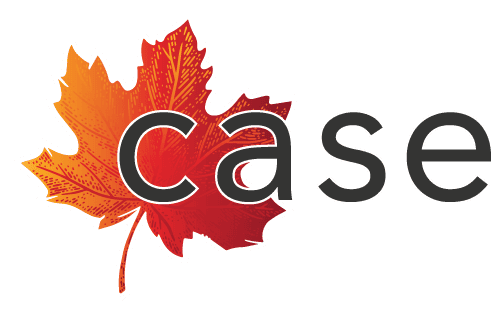Universal Design in Policy Development
Universal Design in Policy Development
Universal Design is often discussed within the context of physical surroundings, however it encompasses much more. Any organization can apply it to policy development to improve productivity, safety, and job satisfaction.
- Who were these operational, human resources, and learning systems designed to support?
- Which policies and procedures need to be revised or added to allow all employees to be safe, to thrive, and to succeed?
- Do you have a policy around creating an inclusive workplace? The following example is found in CASE’s HR Toolkit:

[Name of Organization] cultivates an inclusive and respectful workplace. An inclusive and respectful workplace includes treating colleagues with dignity and fairness, and maintaining a workplace that is free of harassment, discrimination, and violence. It also means welcoming colleagues with different backgrounds and capabilities. This diversity brings a wealth of experience to our organization that builds a better team.
Individual Accommodations
At its most fundamental, policy should be words put into action to guide and protect individuals and to promote organizational success. Just as we adapt policy to reflect values in customer service or production efficiency, policies can be built to support employees to become more involved and productive.
- When you receive feedback from staff, can policies or procedures be revised or developed to improve operational systems?
- If you receive multiple requests for a particular accommodation, it may indicate a gap in the system. Can a policy/procedure be developed to ensure these needs are covered in the future? For instance, if you receive more than one request for a step-by-step checklist for a task, maybe future employees performing certain tasks could benefit from a checklist.
- Do your policies and procedures around safety, like fire or earthquake drills, include input from persons experiencing disability? Will they be impacted by loud alarms? Can they safely exit the building and reach the muster point?
Technology
- Do you have a policy that offers employees the option of requesting the technology they need to do their job, such as text-to-speech software or an accessible keyboard?
- You can review your processes and service delivery to see where you can leverage technology to help more team members engage more fully.
- Can all staff easily use the digital or physical system where the policies and procedures are located? Is the system accessible?
Communications
Even the best policy or procedure will not be effective if it isn’t communicated effectively and transparently. Enhance clarity by ensuring your policy or procedure:
- reflects clear objectives related to the organization’s goals, and
- is written and communicated in plain language, free from jargon and colloquialisms, and in a user-friendly format.
Access to Policies and Procedures
Communicating policy over multiple mediums will ensure every person receives and understands it and will help with adoption rates. The style of your messaging might change to reflect the medium. For example, a video with instructions for a task might be more informal or contain more conversational language than a news bulletin or email.
Policies should be beneficial to both the organization and all team members, of all abilities. When we build organizational systems for the broadest needs, all employees can feel a sense of belonging and enjoy success.

